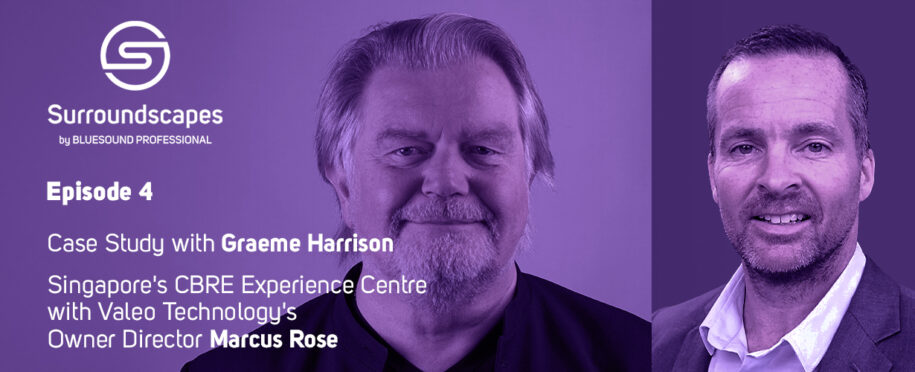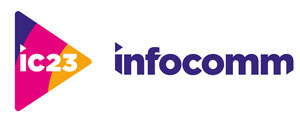Sustainability is a key part of any AV system – not only is it better for the planet, but it can save money and ask you to think in general more carefully about the systems you are designing, which can lead to a better result.
Buildings overall represent 40% of all carbon emissions, so there’s a huge opportunity to improve.
A lot of our industry’s sustainability focus has been about products. Over the past decade significant progress has been made in reducing their power consumption. Many other conversations concern supply chain, use of recycled materials and packaging. These are all important topics but further down the line, system designers and integrators can also make a big difference.
Being greener can be more than just the right thing to do; on some projects there is a requirement to meet certain environmental standards that goes beyond simply using a more sustainable product.
At the top end of this is the Living Building certification, requiring 105% efficiency – actually producing more electricity than it uses.
Creating truly sustainable AV designs involves looking beyond your own systems and taking a holistic look at the whole building and collaborating with other teams. For the first living building in Portland, OR, the AV racks were housed in the same space as the heat pumps. The AV racks helped feed the heat pumps and the fans from the heat pumps blew cool air onto the racks. This is a perfect example of two technologies working together in a way that is beneficial to both.
A simple innovation is daylight harvesting which is a way to improve the efficiency of heating systems or cooling systems by using automatic shading – opening and closing blinds to either allow the sun to heat the room, or prevent it. This can integrate with thermostats in the building management system and the brightness of the room lighting.
In order to enable more sustainability, AV needs to be thought about more carefully right from the outset, not just as a system that is added on later. A good building is reactive to the way that people use it. To achieve that you need data and AV systems are a fundamental part of the eyes and ears of a building. The cameras and mics we deploy are an essential part of integration with other building technologies.
A significant trend will also be towards using AI to automate efficiencies. With the advent of Model Context Protocols (MCPs), we’ll be able to automate AV systems based on any number of conditions without having to program in every possibility. AI and the use of MCPs will significantly increase the amount of interconnectivity between systems and will enable smart buildings to become commonplace.
Bluesound Professional is a contributing member of the Open AV Cloud initiative, working to implement MCPs to control industry products together.
Rather than just programming in preset start and stop times, the use of context and predictive automation can take power management to a whole new level.
The content that is played on screens can also make a big impact on power consumption, especially when using LED technology. Making adjustments to the colors used in the screen content can have a significant impact on the power that is consumed. For example, black is 10 to13%, grey 42% and up to yellow at 85% of total power consumption.
Even changing the background in your PowerPoint to a darker color will make a difference if you are using it on a larger display.
However, simply changing the color of content is only a small part of the story. Think about combining that information with when you are paying the most for your electricity. With increased use of renewables, peak demand hours can vary depending on time of day and the weather. Many electricity suppliers operate agile pricing, increasing the price when they have to rely on traditional sources and reducing when there are more renewable sources in play.
If you have any constantly operating digital signage, you can link the information concerning electricity costs and adjust the color content accordingly. This saves you money and also puts less strain on the grid.
At the new Portland airport, a system was implemented to regulate screen content based on electricity supply, which saved $40,000 per year, per video wall. Also, consider the reduction in heat from the video wall when running darker. There’s a newer LED technology called Common Cathode, that reduces the power consumption and heat dissipation even further.
E-Ink technology is finding its way into digital signage, where moving images are less important, or where the changes to images don’t have to be fast. Some of these displays use no power most of the time. You also need minimal bandwidth to update their content.
Another consideration is generating the content itself. Normally, 4K content has to remain in that resolution throughout the production workflow. However, there are increasingly more capable GPUs within video servers that can upscale to 4K. Consequently, you can prepare all of your content in HD, using far less power, and then simply upscale when you play it back. These days, the difference in image quality is negligible.
Machine learning is also enabling much more advanced analysis of data and then enabling control systems to use that data in a more useful way. For example, analyzing things like power signatures lets you see if there is a faulty device in your system.
We are on the precipice of a new era of sustainability brought about by having more intelligence in AV systems. By using AI and designing AV into the fabric of the building, we can integrate far more effectively with other systems, which will accelerate user adoption and ensure that sustainability remains a core consideration.


